
Parasitic as adults, adapted to living among the fur of the host and feeding on its blood. Will be found on soft furnishing. Larvae live on floor in bedding of host feeding mainly on faeces (droppings) of adult fleas.
Egg - larva - pupa - adult. Eggs - up to 1000 per female, 1mm, white, laid after a blood meal in small batches amongst the fur of the host. They usually drop off the host onto the floor or among bedding. Hatch in a few days. Larvae - legless, whitish up to 5mm long, thrive best in humid places in host bedding or on floor. 2-3 moults, fully grown in about 3 weeks. Pupae - in cocoon spun by larva. Normal emergence in 2-4 weeks in response to vibration. Delayed by up to several months if not simulated. Adults - about 2mm long, brown, wingless, laterally flattened and with large hind legs for jumping.
Irritation caused by bites. Cat flea not implicated in disease transmission in UK. May cause anxiety.
Application of contact insecticide to all known harbourages, carpets, soft furnishing etc. Pet areas and blankets should be washed. Pets should be treated with veterinary recommended products only (responsibility of pet owner)
A female flea can lay about 2,000 eggs over the course of its life, but is incapable of laying eggs until after its first meal.

NORWAY BROWN RAT Rat of the developed urban environment, largely in developed towns and cities. Generally a burrowing species but can be found in buildings and...
Read More
HOUSE MOUSECommon in a wide range of urban and rural buildings all over UK. Mainly a house dweller, it lives very little out of doors where it does not compete well with...
Read More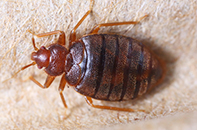
BED BUGNocturnal parasite, all stages feeding on mammalian blood, principally human but also dog, cat or rodents. Hide by day in crevices in beds...
Read More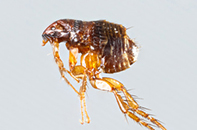
FLEAParasitic as adults, adapted to living among the fur of the host and feeding on its blood. Soft furnishing. Larvae live on floor in bedding of host...
Read More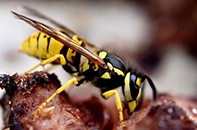
COMMON WASPTemperate species forming nests in soil banks, roof spaces, wall cavities and trees. Nests formed of paper (chewed wood) and may become very large....
Read More
EUROPEAN HORNETTemperate species forming nests in wooded areas, wall cavities and trees. Nests formed of paper (chewed wood) and become very large. Colonies only....
Read More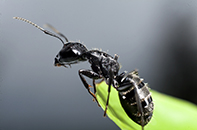
BLACK ANTTemperate species living in soil or in association with dwellings. Form nests in gardens, under paving stones, in foundations or occasionally within...
Read More
PHARAOH'S ANTTropical species found only in heated buildings in the UK. Small, mobile and active at all times of the day. Form large, apparently unstructured, nests in....
Read More
GERMAN COCKROACHPrimarily nocturnal, a pest of warm, humid conditions. Found in the UK only in heated buildings, not normally outside or in underground...
Read More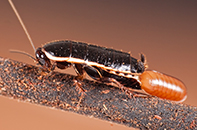
ORIENTAL COCKROACHPrimarily nocturnal, a pest of warm environments but tolerant of colder conditions. Nymphs and adults cluster in groups in harbourages...
Read More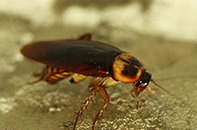
AMERICAN COCKROACHPrimarily nocturnal, a pest of warm, humid conditions. Found in the UK only in heated buildings, not normally outside or in underground heating...
Read More
CLUSTER FLYAdults live harmlessly out doors during summer but may enter buildings (usually roof spaces and lofts but also through windows into rooms) in autumn....
Read More